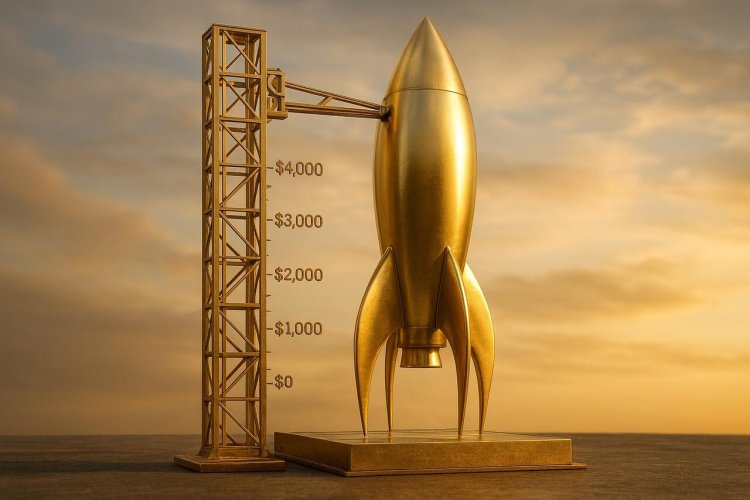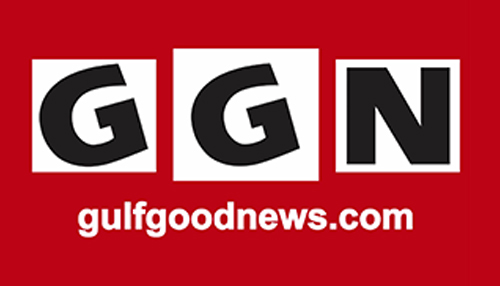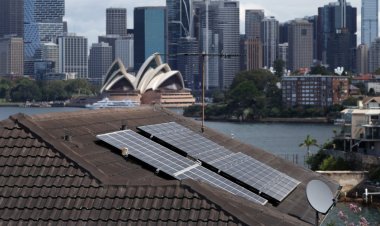Gold’s Acceleration Reveals Vanishing Calm and a Changing Global Order

Gold has now crossed $4,000 per ounce, just 200 days after reaching $3,000 a stunning acceleration that hints at a deeper transformation in how the world values security, stability, and money itself. What was once a slow, methodical ascent through cycles of crisis and recovery has now become a sprint one driven by converging macroeconomic stress, geopolitical disorder, and a powerful momentum feedback loop.
Several reinforcing forces are pushing gold higher. Global fiscal instability, especially visible in repeated U.S. government shutdown standoffs and unsustainable debt dynamics, is driving demand for hard assets. In an era of persistent dysfunction, gold serves as insurance. This current U.S. shutdown prolonged and unresolved only intensifies that appeal.
Critics have long dismissed gold for offering no yield. But in a world of negative real interest rates, that becomes a feature, not a flaw. With the Federal Reserve shifting toward rate cuts, the opportunity cost of holding gold shrinks, giving the metal new momentum. Simultaneously, a weakening U.S. dollar makes gold more affordable for international buyers and strengthens its case as a reserve diversification tool.
Central banks are responding. From Beijing to Brasília, they’ve been stockpiling gold both to hedge against sanctions and reduce reliance on the dollar. According to the World Gold Council, global central bank gold purchases in 2025 are on track to set another record. Some of this gold is going directly into vaults. Some is flowing into gold-backed ETFs, which are seeing a resurgence of capital inflows from both retail investors and institutions looking to hold through turbulence.
Unlike other commodities, gold cannot be produced quickly. Mines face environmental, political, and financial constraints. Recycling helps, but not enough to counterbalance the surging demand. That tight supply is magnifying gold’s reaction to macro pressure.
Layered onto this are existential investor fears of inflation shocks, war, or defaults which push capital into gold not just as a return vehicle, but as a hedge against extreme scenarios. This “convexity capital,” often described as “lottery ticket” flows, adds depth and staying power to the rally.
But the real story is in the speed. Gold first crossed $1,000 in 2008, during the global financial crisis. It took 12 years until August 2020 to reach $2,000. Then, five years later, in March 2025, gold hit $3,000. Now, just 200 days later, it has crossed $4,000.
This trend hints at a regime shift. Either we’re seeing an accelerating loss of faith in fiat currency and institutional stability or gold is being structurally re-rated as part of a global financial recalibration. The concept of “days per new-thousand-dollar-ounces” could become a new analytical lens. If future price moves continue to speed up, that may suggest more than just speculative heat it could reflect a widespread reevaluation of monetary risk.
Gold’s acceleration is not speculative fluff. It’s a narrative grounded in debt, dysfunction, and distrust. Public debt loads, unorthodox fiscal policies, and declining confidence in central bank independence are all feeding the rally. As every new crisis chips away at institutional credibility, gold becomes not just a hedge but a statement.
It also signals a change in urgency. Investors are no longer trickling into safe-haven assets. They are rushing. It’s no longer a gradual portfolio allocation it’s a retreat from fiat uncertainty, inflation surprises, and geopolitical instability.
The $4,000 mark is just a milestone. The real question now is: How fast does gold reach $5,000? And what will that velocity say about the health or fragility of the global financial system?
https://www.bloomberg.com/news/articles/gold-price-surge-4000-oz-macro-shift-2025























